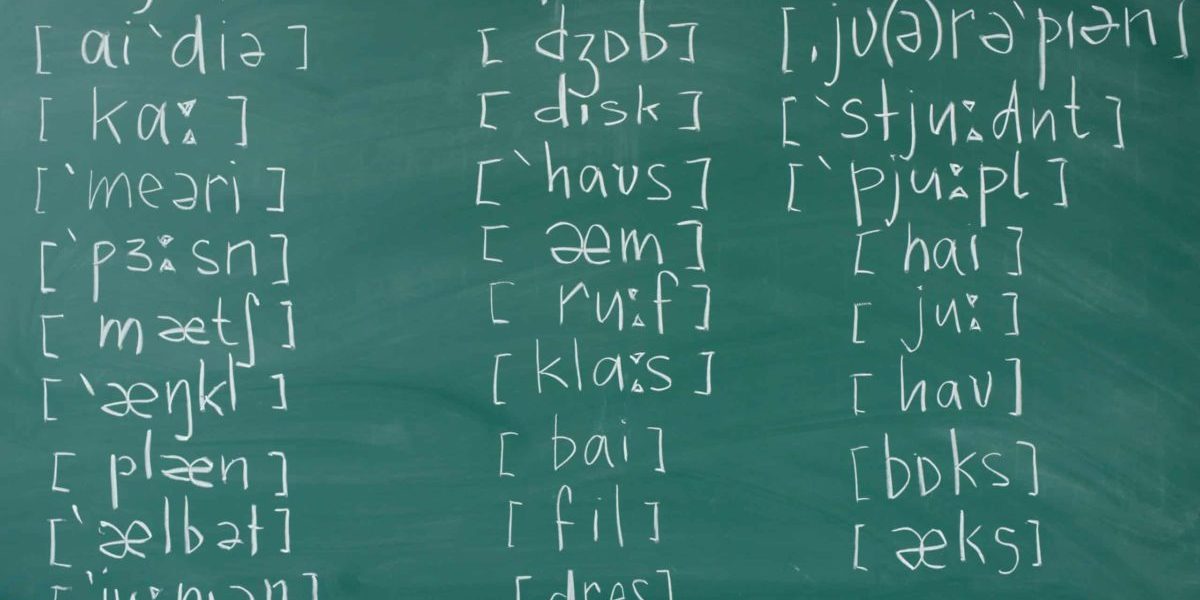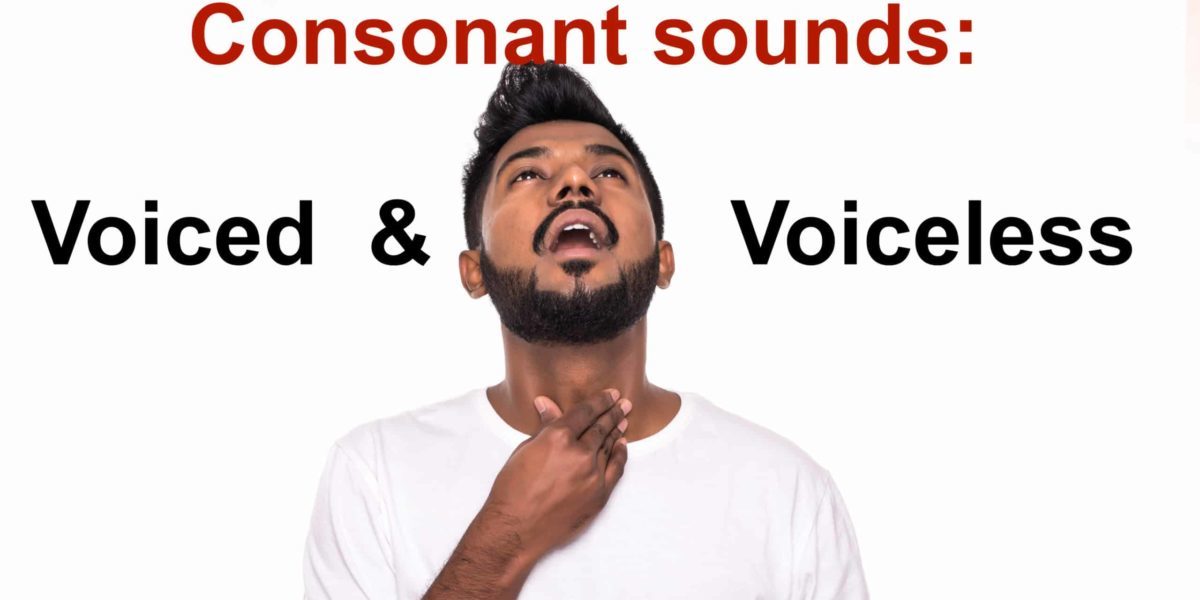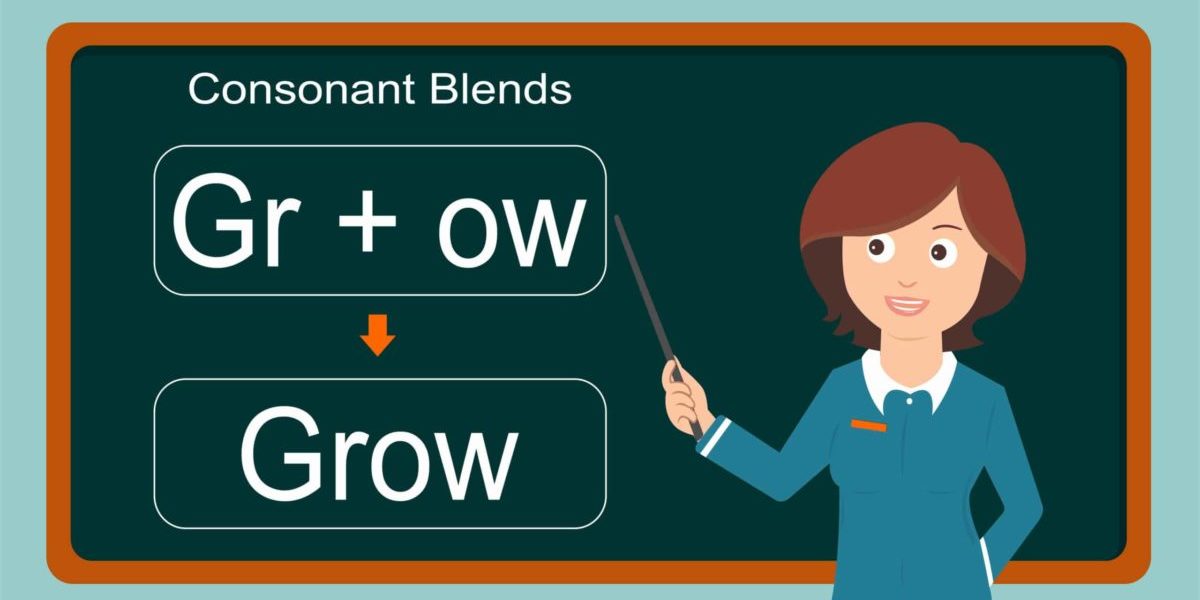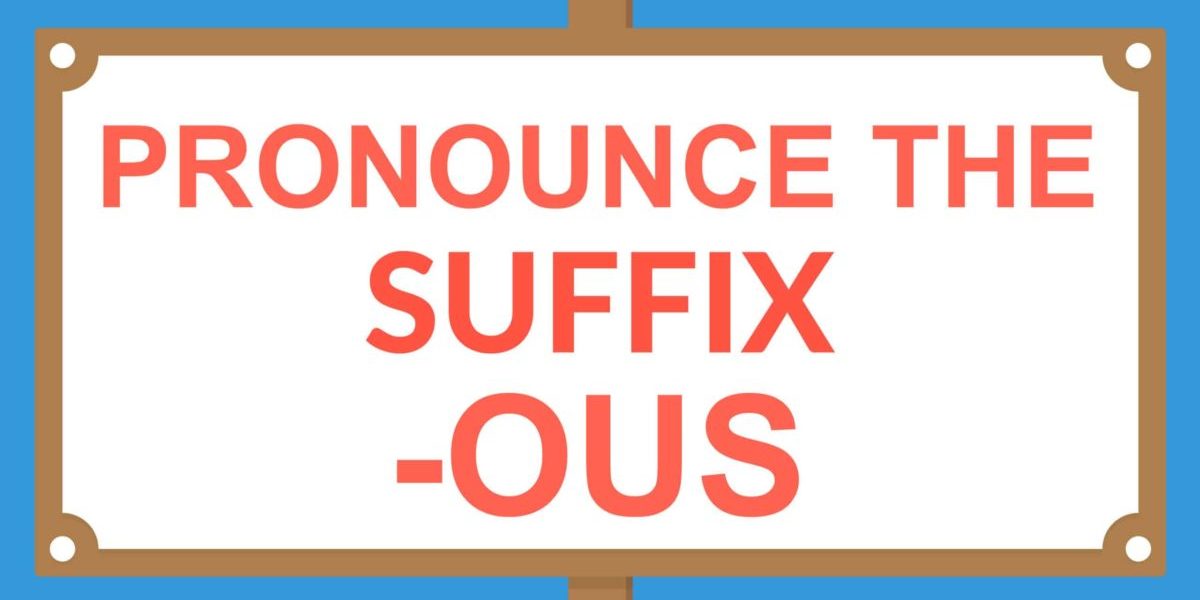
What are Diphthongs?
What are diphthongs? Diphthongs are the sounds formed by the combination of two vowels in a single syllable, in which the sound begins as one
Want to improve your pronunciation with a native speaker and effective feedback?
This is a complete guide to help you improve your English pronunciation. While we primarily focus on the American accent, we have covered other popular English accents like the British accent and Australian accent, so you can sound like a native English speaker.
More importantly, we have focused on many pronunciation patterns and exercises that are universally important, regardless of your accent.
Unlike other English learning materials, this English pronunciation course is not level-specific and can benefit learners of all level.
You may use this take this course on your own, but we strongly recommend that you use this course together with SpeakUp, so you can practice what you learned live with a native speaker and receive effective feedback.
If you want a crash course on English pronunciation and different accents, start from here from top to bottom. You will learn basic English pronunciation rules, the fundamentals of American and British accents, and perfect all 44 sounds (phonemes), which are critical building blocks for improving your English pronunciation.
Phonemes and an interactive Phonemic Chart
English pronunciation is like music composition. You have to figure out how and when to use volume, pace, pitch (intonation) and emphasis (stress) to create a pleasing sound. In this section, you will learn important word stress patterns, sentence stress rules, and definitions and examples of commonly confused words called heteronyms.
English learners often struggle with pronouncing words ending in ed, ity, ety, ous, inal, and ate. We’ll take a look at them one by one.
How to pronounce ed ending sounds?
How to pronounce words ending in -ity and -ety
How to pronounce words ending in -ous
Remember how word stress has everything to do with vowels in a word? We are diving into all 15 vowel sounds here in this section. Meanwhile, you will also learn how the schwa sound and r-controlled vowels work. These two modules will surely improve your English pronunciation and make you sound like a native speaker. To top it all off, you will practice vowel pronunciations with a minimal pairs exercise.
As a bonus, you’ll also learn how these vowel sounds are treated differently when you have an American accent vs when you have a British accent.
In this section, we’ll examine a subset of the 15 vowel sounds we’ve introduced. This subset is called diphthongs, where all sounds are made of two vowel sounds. Again, we’ll look at how a British accent and an American accent deal with diphthongs differently.
/eə/ (Bear, Square, Mare) (British English)
/ɪə/ (Ear/Here/Near) (British English)
Consonants can easily get in the way of your flow of speech and cause misunderstandings if you don’t pronounce them properly. We’ll start with an overview of all consonant sounds including consonant clusters, move on to tackle the most challenging consonants, and end with another round of minimal pairs exercise.
Voiced and voiceless consonants
Consonant Blends (2 & 3-letter blends)
The Most Challenging Sounds
Minimal Pairs: Commonly Confused Consonants
/ŋ/ sound (vs. /nk/ & /n/)
In this section, you will learn how words are connected together, a concept called connected speech, so that your speech sounds smoother, more natural and more fluent. We’ll also explain which words you should reduce and how to reduce them.
Linking (When sounds are connected)
Intrusive Sounds (When sounds are added)
Elision in Words (Removing Sounds)
Assimilation (When sounds change)
People from different regions tend to make different types of pronunciation mistakes, quite often influenced by their mother tongue. Today we’ll look at some of the most represented languages and regions in the world, and correspondingly, the type of sounds people from these backgrounds tend to struggle with.
English pronunciation for Thai/Vietnamese Speakers
English pronunciation for Spanish Speakers
English pronunciation for Russian Speakers
English pronunciation for Portuguese speakers
English Pronunciation for Italian Speakers

What are diphthongs? Diphthongs are the sounds formed by the combination of two vowels in a single syllable, in which the sound begins as one

The “oy” Diphthong: /ɔɪ/ (Choice/Voice/Noise) Diphthongs are sounds that contain two sounds within one syllable. If you were to clap for each syllable while you

The “a” diphthong, /eɪ/ (Face/Bake/Cake) Diphthongs are sounds that contain two sounds within one syllable. If you were to clap for each syllable while you

The “I” diphthong: /aɪ/ (Rice/Die/Bike) Diphthongs are sounds that contain two sounds within one syllable. If you were to clap for each syllable while you

The “OH” Diphthong (No, Low, Go) Diphthongs are sounds that contain two sounds within one syllable. This means that if you clap for each syllable

Diphthongs are sounds that contain two sounds within one syllable. If you were to clap for each syllable while you say these words, the diphthong

Diphthongs are sounds that contain two sounds within one syllable. If you were to clap for each syllable while you say these words, the diphthong

Diphthongs are sounds that contain two sounds within one syllable. If you were to clap for each syllable while you say these words, the diphthong

What are Consonants? English has 24 consonant sounds, and 21 consonants. When it comes to the pronunciation of these consonants, we divide them into 2

In another post, we talk about how consonants can be categorized as “voiced” or “voiceless.” There is another important categorization we need to introduce: consonants

A consonant blend (or consonant cluster) is when two or more consonants appear next to each other. They are not to be confused with consonant

Learning patterns of pronunciation in words that share the same suffix (word ending) can help you pronounce even unfamiliar words correctly. This, of course, can

What kind of words in end -ous? There are countless adjectives in the English language that end in -ous, a suffix that denotes the nature

There are over 600 adjectives in the English language that end in -inal. What does this suffix mean? The -inal suffix after a root word

Did you know that there are 4000 words in the English language that end with the suffix -ate: nouns, adjectives and verbs?! AND did you

What are vowels? Vowels are sounds produced by the vocal cords that do not have friction, and they are the core sound of a syllable.

Contact
Phone:
+1 (510) 560-7571
Legal
Company